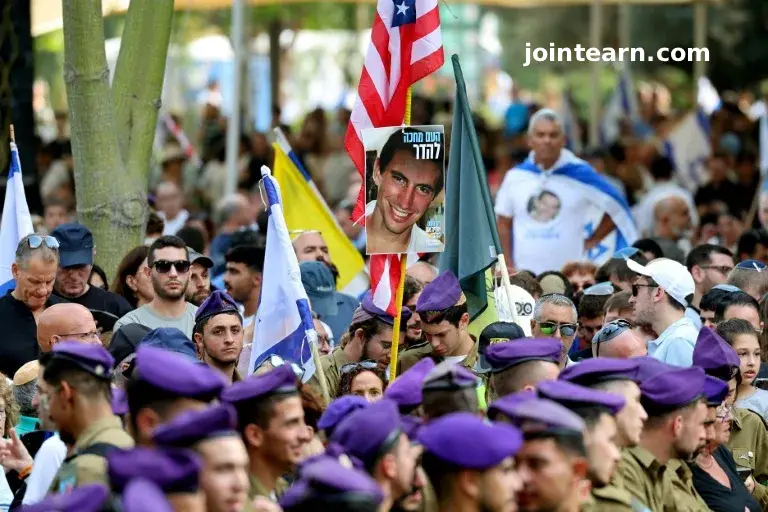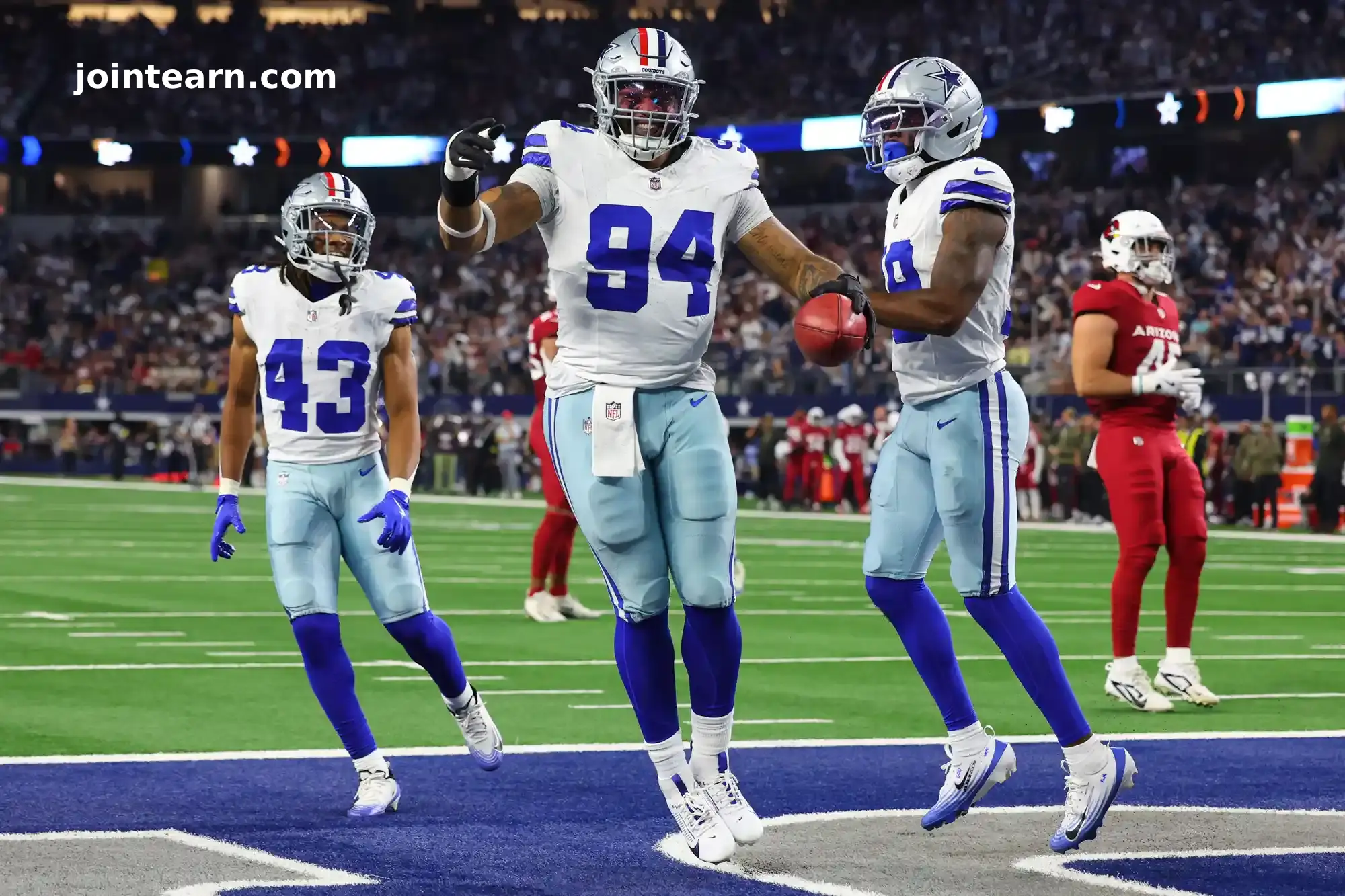
Hundreds of mourners gathered in Kfar Saba on Tuesday to bury Lieutenant Hadar Goldin, the Israeli soldier whose remains were returned by Hamas more than 11 years after he was killed in Gaza. Goldin’s ceremonial burial marked the end of a prolonged national ordeal and came after his body was handed over as part of the ceasefire agreement brokered in October 2025.
A Nation Watches: Scenes from the Funeral
Crowds packed the military cemetery and surrounding streets — some climbed rooftops to catch a glimpse, while others watched on a large outdoor screen. Soldiers from Goldin’s Givati Brigade, wearing their green uniforms and purple berets, carried his flag‑draped coffin into the cemetery. Blue-and-white flags and portraits of the young lieutenant framed scenes of public mourning as attendees joined in the national anthem.
Family, Military and Public Remarks
Goldin’s father, Simcha Goldin, paid tribute to his son as a “Jewish warrior” and urged mourners to honor his memory by acting righteously and avoiding hatred. In his eulogy, IDF chief Lieutenant General Eyal Zamir pledged the army would continue efforts “until every one of our sons has come home,” framing Goldin’s return as both closure and a renewed commitment to bring back remaining captives.
Eleven Years of Waiting
Goldin, 23 when he was killed on August 1, 2014 during Operation Protective Edge, died leading a mission to destroy tunnels in Rafah. His body was seized after an ambush shortly into a ceasefire at the time. Parts of his remains were recovered in 2014 and given a symbolic burial then, but attempts over the years to recover the rest of his remains failed — until the recent ceasefire exchange.
Return as Part of Ceasefire Exchanges
Goldin’s repatriation came amid an October 2025 truce that has seen Hamas return 20 living hostages and the remains of 24 others. Officials say four deceased captives still remain in Gaza. Israeli forensic teams completed formal identification, and medical authorities described the return as bringing long‑sought closure to Goldin’s family and the wider public.
Public Reaction and National Significance
For many Israelis, Goldin’s burial symbolized the country’s pledge never to abandon soldiers captured or killed abroad. Mourners expressed relief that the long ordeal had ended, while family members and neighbors emphasized both grief and resolve — celebrating Goldin’s service and vowing to continue efforts to bring home the remaining captives.
What’s Next
While Goldin’s return provided closure for his family, officials and civil society leaders reiterated the commitment to recover the four remaining deceased captives still held in Gaza and to secure the release of any living hostages. The burial may intensify diplomatic and humanitarian pressure to resolve outstanding exchanges under international mediation.


Leave a Reply